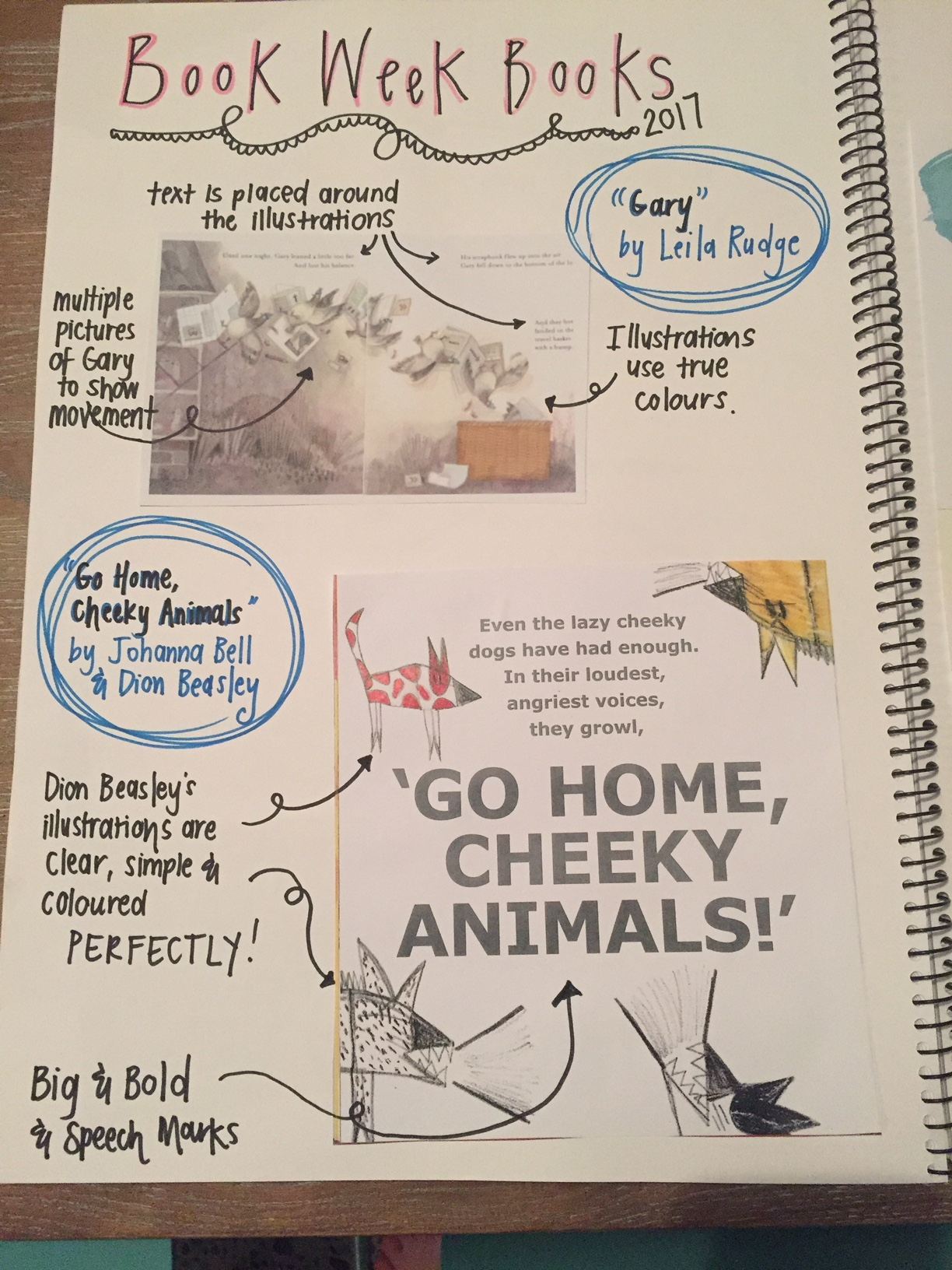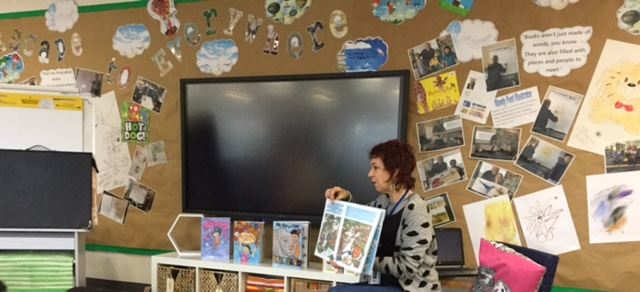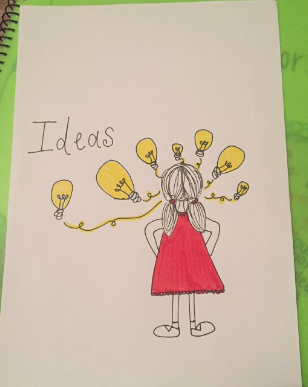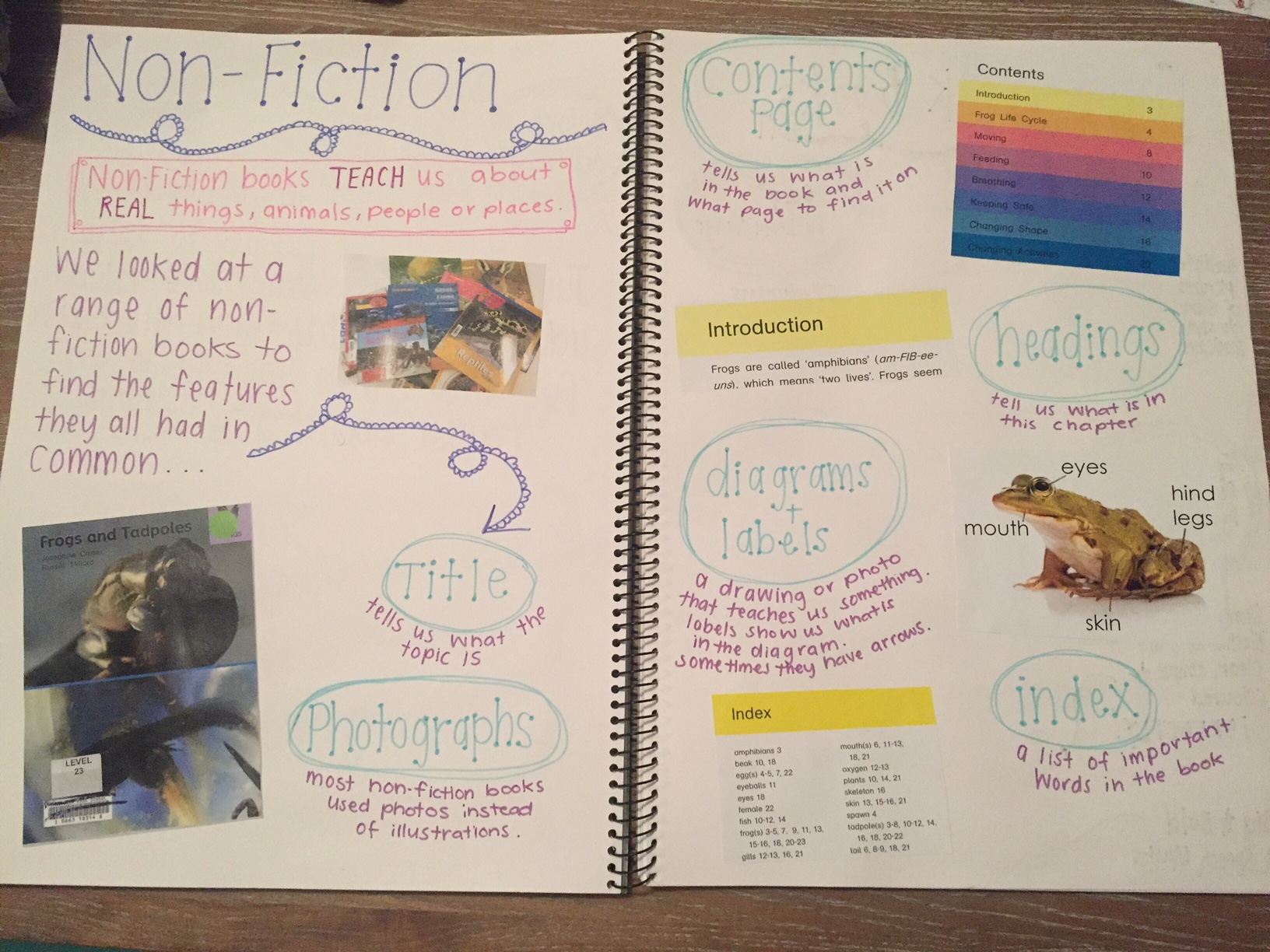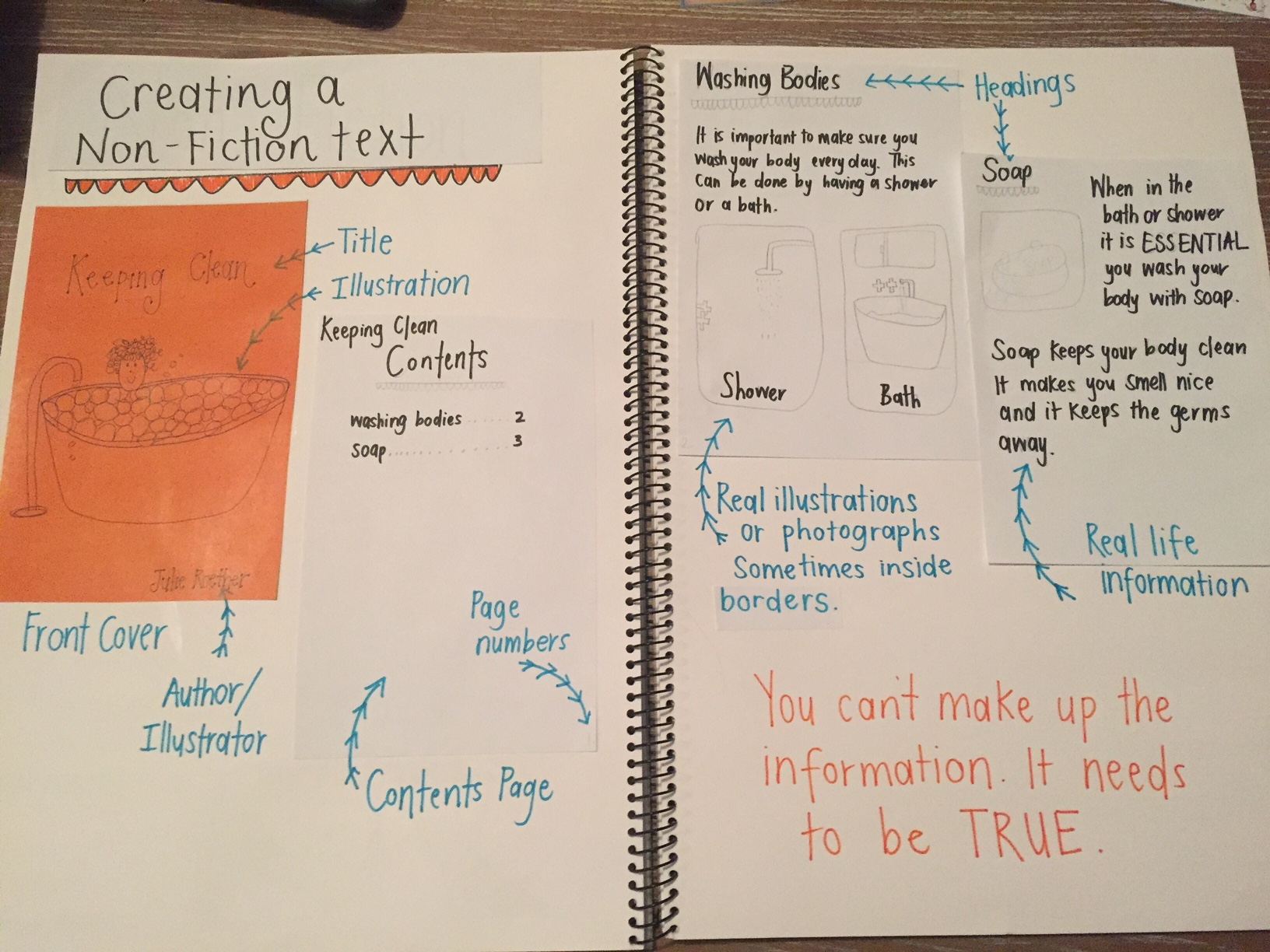Writer’s Workshop Continues…
A few weekends ago, Danni, Marcia and I were at our last Writer’s Workshop study group for the year when someone asked me if I had written on my blog lately. I quickly apologized and said I had been in Japan for the last 3 weeks of term 3. Which on reflection was a rubbish excuse for not having written here as I’ve been home for 7 weeks now and still haven’t wrapped up what we did in term 3. So here I am…
We usually begin the month or term with an author study but in term 3 we began with the 2017 shortlisted Book Week books. We spent time reading and critiquing both the Author’s and Illustrator’s crafts in these books in the lead up to Book Week and also integrated these books into other learning areas.
We loved the detailed pictures and use of colour in “Gary” Written and Illustrated by Leila Rudge. We spent time also discussing the movement in the pictures of the pigeons and also the placement of the words on the pages.
The students made immediate connections to the illustrations in “Go Home, Cheeky Animals!” by Johanna Bell and Dion Beasley. They loved the simplicity to the pictures and we focused on how even though the pictures were clear and simple they we’re coloured with care which helped to make them stand out and look finished. This book was also a good one to revisit big and bold and to teach speech and speech marks.
We also noticed the big and bold in “Chip” written and Illustrated by Kylie Howarth. We discussed that some pages were filled entirely of an illustration with lots of detail in the setting and the characters whilst other pages consisted of smaller pictures of an event in the story and were surrounded by text.
Sally Heinrich came to visit our year 1 and 2 students during Book Week. She shared her story of becoming an illustrator and author and chatted with the students about her latest illustrated book “Papa Sky” written by Jane Jolly. She explained to the students how she went about creating the character Papa Sky and how it took her a long time to finalise her character after drawing him in many ways. Sally showed the students some of her dummy books and gave them insight into how often her illustrations and stories are inspired by personal experiences, people she knows or places she’s been. She showed the students real photographs of real landscapes that she used to inspire her own illustrations and told the students that if she is unsure about what she is writing or drawing about she does research to help her.
Our take away from our third Book Making Inquiry Group session was inspired by Angela and Sharon who are part of our study group. They were kind enough to share their “ideas book” and how they use it with the junior primary students in their classes. We went back to school the following week and gave our students their very own ideas book. Danni and Marcia introduced this book to our students explaining it was a place to record ideas (words and or pictures) that we could then draw upon if we were struggling for ideas when bookmaking. Our student’s first entry in this book was brainstorming ideas about our guest author Sally Heinrich. On reflection, we haven’t used this ideas book as well as we had hoped this year but it is something we will definitely introduce to our students at the beginning of next year.
The next highlight of term 3 was when Katie the facilitator of our Bookmaking Inquiry Group came to visit us at work. Katie came just before Writer’s Workshop time in both mine and Marcia’s classes and had the pleasure of seeing our mini lessons, our students bookmaking and our share time to finish. Marcia and I then spent some time with Katie to discuss what she had observed and any advice to improve what she had seen. We asked Katie for some advice on share time/ reflection time as we feel this is where we need the most help. Katie suggested we try sharing circles once a week to begin with in which you could ask students… who has an example of…? (a particular strategy/ text feature) Who can help me with an idea?… (Feed-forward) or even what have you been working on today?… We have been trying to ensure we schedule this into our program to make sure we do it, otherwise we find it is something we tend to overlook or miss.
The remainder of the term’s mini lessons were spent focusing on Non-Fiction texts. Danni ran the initial mini lesson with our class in which the students spent time exploring non-fiction books and looking for the features they had in common.
I then created my own non-fiction text called “Keeping Clean”. Before opening the book, I showed the students the cover and asked them to make a prediction about what would be inside this book. We had responses that consisted of content and features. I then read the book to the students and asked them to “feed-forward” and give me some ideas about what I could write about next in my book. The students were confident in rattling off many things ideas about keeping clean such as washing hair, brushing teeth, cleaning faces, using towels etc… I asked them if my next page could be about frogs, and they laughed at me and said no. I asked why not? and they said because it doesn’t match the title. Which brought us back to the strategy make sure your words and pictures match!
Since running these mini lessons, we have had many students wanting to create their own non -fiction books which has been great. Our students are using the technical language of contents pages, page numbers, photographs and information. We are also hearing students discussing these features in books they are reading too! Hooray!! Transference!!!
So that finally wraps up Term 3! I promise my next post wont take as long!
Julie
